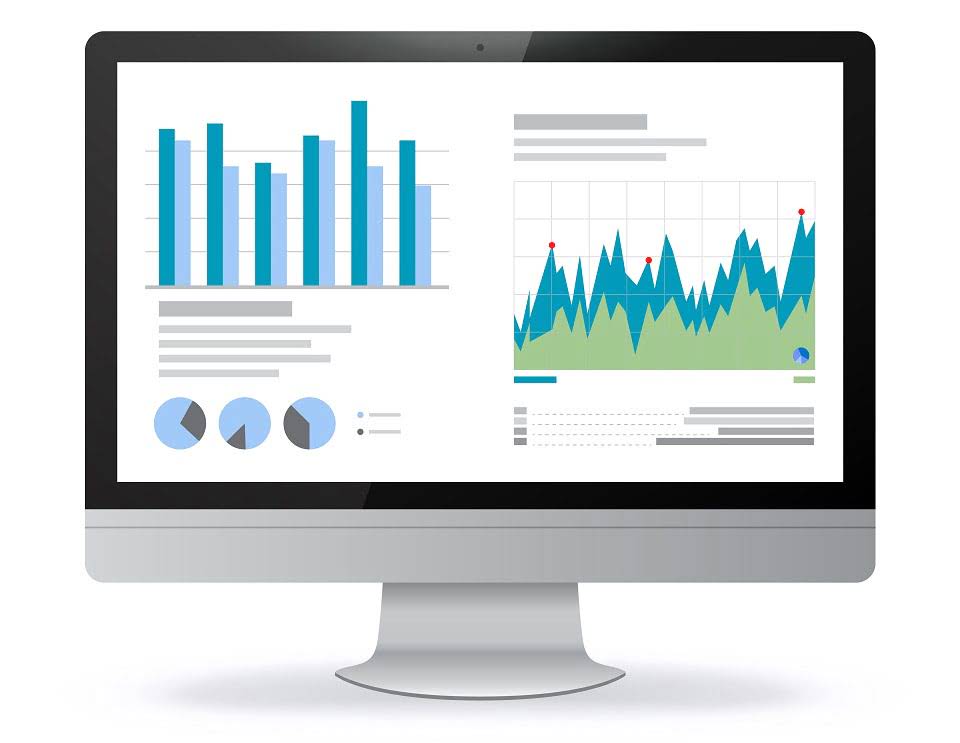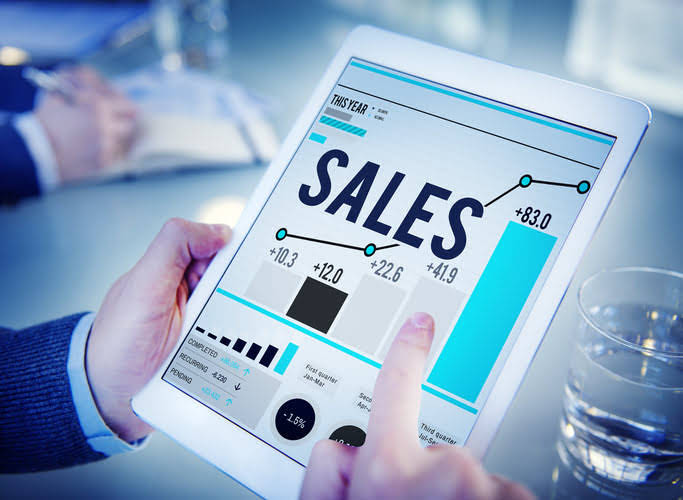
Ensure all employees and managers understand the importance of controlling costs, and involve them in budget planning. By optimizing your expenses, you can reallocate resources to areas cost control that truly matter, invest in new technology for your business, and branch out to different markets. On the other hand, cost control comes with its own set of challenges, including upfront costs, resistance to change, implementation difficulties, and scaling as the business grows. Once you understand how your project’s budget and costs unfold, you can jump in with project management strategies to ensure your business will make your desired profit amount. This could involve saving money on bills, negotiating better prices with suppliers, or eliminating unnecessary expenses.
- Now that we understand the process, characteristics, and methods of cost control analysis, let us understand its practical application through the examples below.
- Conduct a detailed drill-down into the actual cost information to ascertain the reason for an unfavorable variance.
- When managers reduce project expenses in response to EVM metrics, project management results will improve.
- You should make sure that you strike a balance between these two approaches when handling supplier relationships.
Utilising cost analysis insights to formulate effective cost control strategies
This process involves identifying and analyzing various cost factors, such as operational expenses, production costs, and overheads, and implementing measures to reduce or optimize them. At Moss, we help businesses overcome these issues and improve their cost control capabilities with a range of smart spend management tools. Our customers can issue an unlimited number of smart, virtual corporate cards to individual departments or employees. Each card can be set with custom spend limits and monitored with real-time budget controls.
Variance in costs

You don’t need to micromanage every purchase, but it’s important to have a clear understanding of spending across departments. Look at software subscriptions, travel, and other large or recurring purchases to see if there’s room for cost savings. Set rules around using company credit cards, create daily per diems for travel, and establish clear procedures for approving other expenses. Indirect costs are expenses that don’t vary much when the output of goods or services changes, so they tend to be fixed. Indirect costs also are called overhead Insurance Accounting costs or selling, general, and administrative (SG&A) costs. Examples include office rent, business insurance, payroll management, and administrative staff salaries.
- We’ve outlined several cost control techniques you can apply to make better cost forecasts.
- Being able to monitor costs in real time is important, but that’s only part of a thorough control cost process.
- This ensures transparent financial tracking and enables organizations to assess the financial impact of various activities within the business.
- However, careful consideration of risks and benefits is essential to ensure the success of external resourcing initiatives.
- In contrast, cost reduction strategies specifically aim to minimize costs through targeted initiatives, often involving cutting expenses or restructuring processes to achieve long-term savings.
- Rather than shifting budget and positions to the new priorities, the company added significant headcount spend.
What are the cost control strategies?

However, CBR often sacrifices quality in high-motion scenes, such as fast-paced soccer matches or basketball plays, where additional bits are needed to capture intricate details. Employees and management don’t have to constantly open their laptops to get updates. This necessity for specialized expertise adds an extra layer of complexity and resource requirements, potentially straining the organization’s talent pool. The transportation and logistics sector grapples with optimizing operations while containing logistics costs as there are many uncertain and uncontrollable factors that can go wrong. The main thing to keep in mind for service providers is to make sure that they are not spending budgets more than necessary on a certain aspect without getting equivalent or more in return.

- Therefore, it determines if the investment is sound, as in benefits outweighing costs.
- The more detailed spend data your business has, the better you’ll be able to monitor the costs that your business faces.
- If costs outweigh budgeted expectations, business leaders can employ strategies to rein in spend—like soliciting bids from alternate vendors, instituting employee spend policies, or cutting programs.
- In this process actual costs are compared with the standard costs, enabling organizations to identify and address cost variances.
- The first three steps require gathering cost information from your project, while the last three steps require calculations and analysis.
By making targeted adjustments, it achieves 15% to 25% additional bandwidth savings, regardless of the underlying rate control method. Utilizing an AI-based human net sales perceptual quality metric, such as IMAX StreamAware, can serve as a gatekeeper to maintain quality for all types of content and any type of rate control method. When evaluating quality with IMAX VisionScience, content is scored from using the IMAX ViewerScore (XVS) metric, with 100 being the best perceptual quality possible.
- Sustaining a culture of continuous improvement can encounter resistance from entrenched practices and organizational inertia.
- This plan serves as a detailed roadmap, outlining budgetary allocations, financial goals, and the strategies to achieve them.
- While this takes time and effort, it allows you to reduce your expenses and gain a deeper understanding of your finances.
- Cost control focuses on keeping expenses within the budget limit, while cost management involves multiple processes, including resource planning, budgeting, and cost estimation.
Process efficiencies

This mechanism cost control analysis is beneficial for organizations as it helps them in regulating and controlling the costs that are involved in a particular project. It can also be taken into use by users for determining if the project in question is financially viable or not. This mechanism also helps in enhancing the creditworthiness of an organization and also contributes to the prosperity, wellness, and economic stability of the overall industry. Cost Control can be defined as a tool that is used by the management of an organization to regulate and controlling the functioning of a manufacturing concern by limiting the costs within a planned level.



